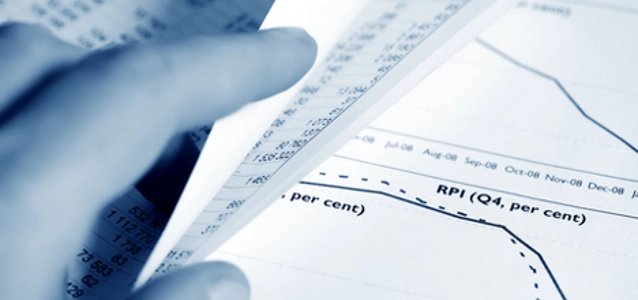
© wrangler dreamstime.com
Analysis |
Global DRAM module industry in 2014 saw 21% revenue growth
The latest DRAM module maker ranking by DRAMeXchange, a division of TrendForce, reports that the gross sales of the global DRAM module market for 2014 was USD 8.8 billion.
This amount represented a 21 percent increase over the 2013 gross sales of USD 7.3 billion. This dramatic growth was attributed to the stabilization of prices for PC DRAM and the rise of contract transactions relative to spot trades. The top five module manufacturers remained dominant, accounting for 81 percent of the 2014 gross sales. Moreover, the top ten companies made up 92 percent of the market revenue for that year.
Kingston firmly established itself as the industry leader with an annual revenue growth of 44 percent. Ramaxel and ADATA took the second and third place with impressive performances as well.
DRAMeXchange’s research shows 2014 was a very profitable year for the DRAM industry as the market consolidated into an oligopoly that brought the supply-demand situation under control. With the right product mix strategies, manufacturers also benefitted from the brisk sales of smartphones and the steadily growing server market.
As a result, DRAM prices was steady throughout the entire 2014, with the average contract price of DDR3 4Gb staying at USD 3.65. This was an 18 percent increase over the 2013’s contract price of USD 3.1. The spot market for 2014 had also been strong with the average price hanging around USD 4. This was a 17 percent jump compared with the spot price of USD 3.43 during 2013. The price difference between the contract and spot market was roughly 10 percent in 2014, so the module companies enjoyed a significant increase over 2013 in their annual revenue. The leading companies also became stronger than ever.
Kingston sat at top of industry during 2014 and is expected to focus on contract trades this year
Kingston held on to the title of No. 1 DRAM module maker due to the rising proportion of contract trades and the price stability in the spot market. Kingston Solution Inc. (KSI), which is responsible Kingston’s eMCP products, reaped much rewards for its efforts in China and has inserted itself into the supply chains of local smartphone vendors. Overall, KSI is on its way to become a top-tier eMCP manufacturer.
Ramaxel followed Kingston at No. 2 and posted a 13 percent annual revenue growth owing to its businesses with Lenovo and the increase of server DRAM in its product mix.
ADATA, which was No. 3 in the 2014 ranking, had adjusted its strategy and reduced the share of DRAM in its product mix. It nonetheless remained the leader among Taiwanese module companies.
Micron Consumer Products Group stayed at the the fourth place and saw a 6.19 percent annual revenue growth.
Transcend, which gained from the continuing market growth of industrial memory products, came in at No. 5.
MA Labs, tigo, Apacer Technology, Corsair Memory and Team Group make the rest of the top10.
DRAMeXchange moreover finds that with the DRAM spot market shrinking this year, module manufacturers must look to new markets to sustain their revenue growth. Kingston offers the best case scenario as it has effectively made inroads into the contract market. While smaller manufacturers may have difficulty emulate Kingston’s success, there are alternatives to the contract market.
The industrial and gaming applications, for examples, are important markets that demand high-margin products. Capitalizing on these opportunities and increasing the proportions of flash and other strategic products in the product mix are some of the ways manufacturers can survive in the changing business market environment.
